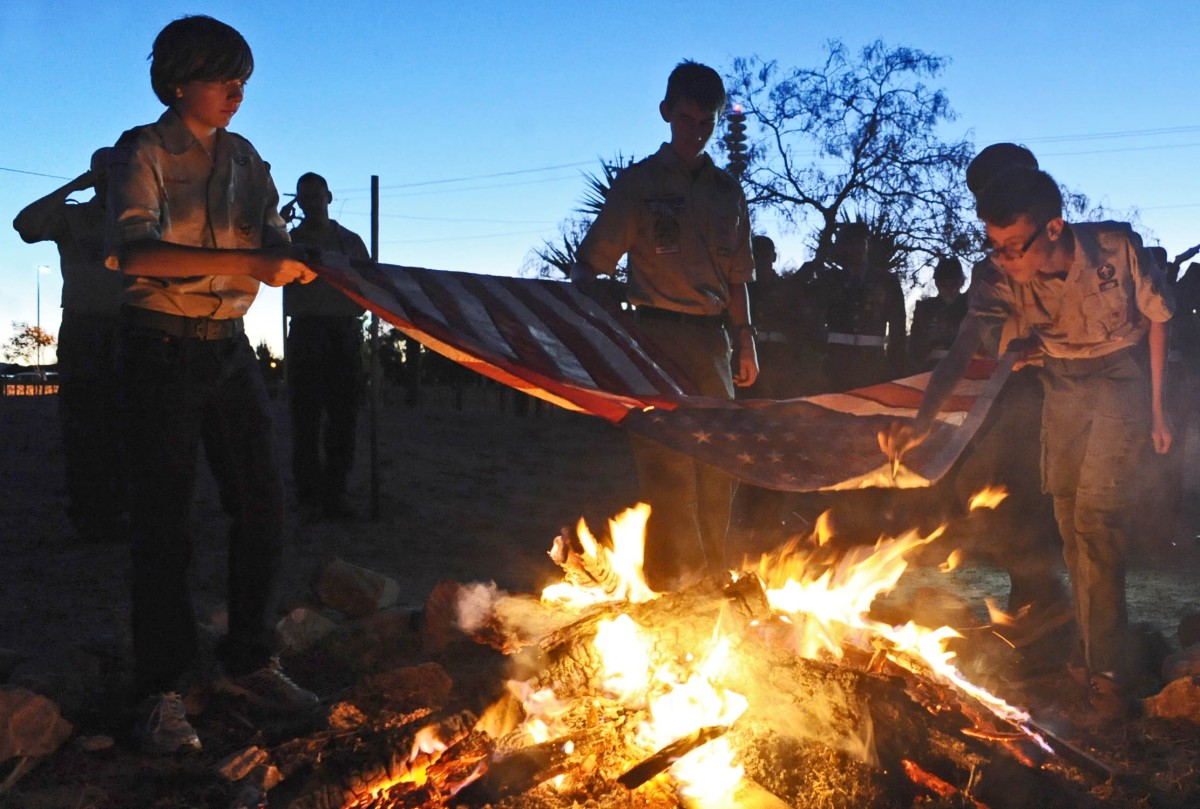

The troops moved three miles north and named their post Camp Concordia in March 1868.

In 1867 the post at Magoffinsville was swept away by a Rio Grande flood. Under Carleton's protection Mexican president Benito Juárez survived in El Paso del Norte in 1865–66 and received supplies from north of the border before driving the French from Mexico. Carleton reoccupied Fort Bliss for the Union. Elements of the California Volunteers commanded by Col. Henry Hopkins Sibley used Fort Bliss as a base from which to invade New Mexico but was repulsed in mid-1862 and driven from West Texas. Confederate lieutenant colonel John Robert Baylor then occupied the post with elements of the Second Regiment of Texas Mounted Rifles. Reeve was in command of Fort Bliss on March 31, 1861, when it was surrendered to the Confederate authorities of Texas. Zachary Taylor's chief of staff during the Mexican War and later his son-in-law. On March 8, 1854, the official name of the post became Fort Bliss, in memory of Lt. Edmund Brooke Alexander, with four companies of the Eighth United States Infantry, rented quarters at Magoffinsville, a hacienda three miles east of Coons' Rancho. A military post was reestablished on the Rio Grande in January 1854 when Lt. The War Department closed the post and presidio in September 1851 and withdrew the troops to Fort Fillmore, forty miles to the north. About one-third of the troops occupied the presidio at San Elizario, an old Spanish garrison twenty miles southeast of El Paso. They arrived in the area on September 8 on September 14, four companies were quartered on Coons' Rancho, formerly Ponce's Ranch, in downtown El Paso. Jefferson Van Horne led 257 soldiers, including the regimental staff, six infantry companies, and a howitzer battery, west from San Antonio. On November 7, 1848, the War Department instructed the Third Infantry to take up quarters at the pass, and Bvt. After the end of the Mexican War the need to defend the new border, to maintain law and order, to protect settlers and California-bound migrants from Indian attacks, and to survey for a new transcontinental railroad compelled the United States government to establish a military post on the Rio Grande in the area of El Paso del Norte (now Ciudad Juárez, Chihuahua).


 0 kommentar(er)
0 kommentar(er)
